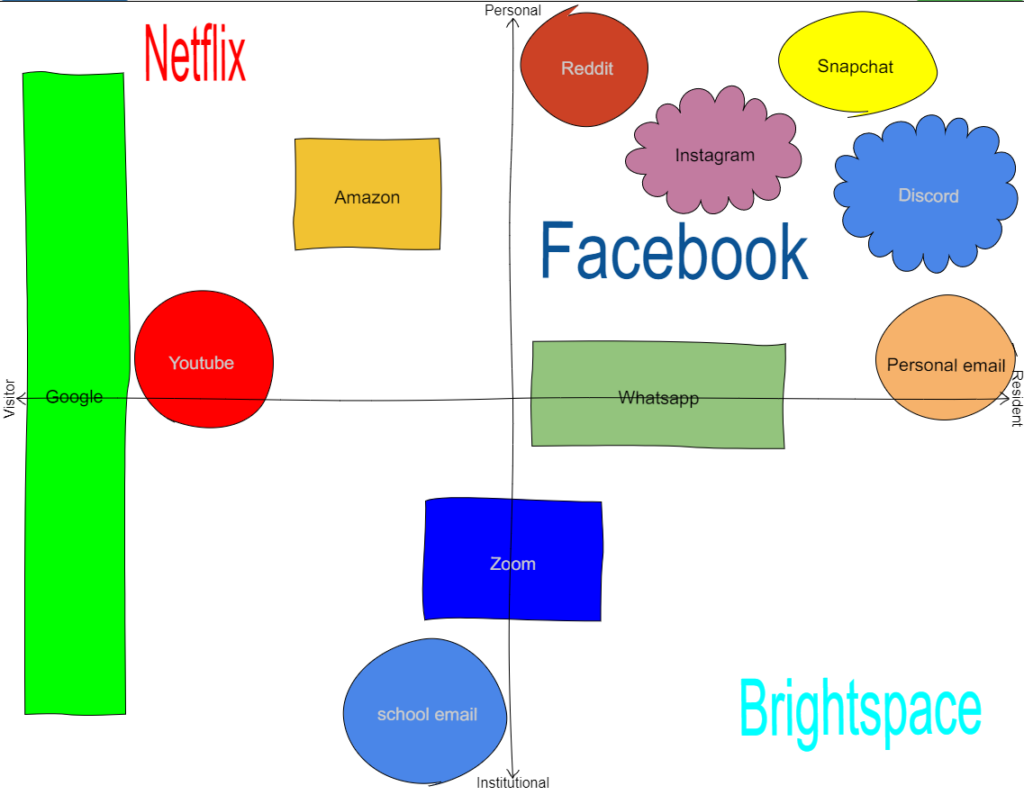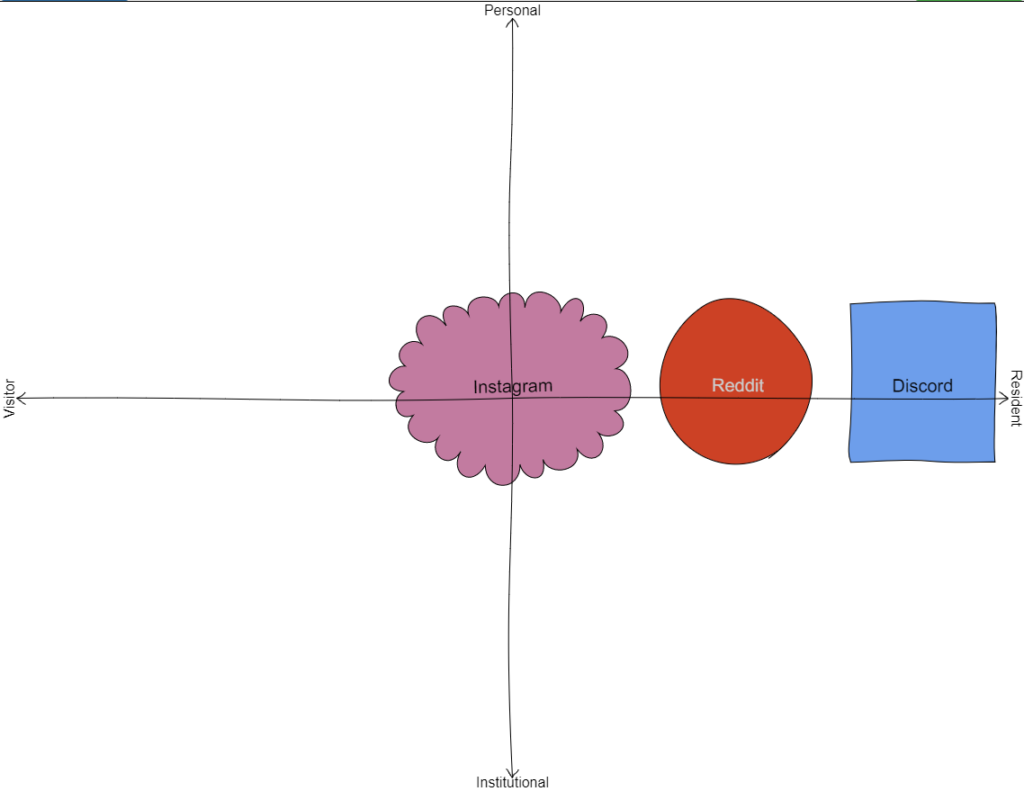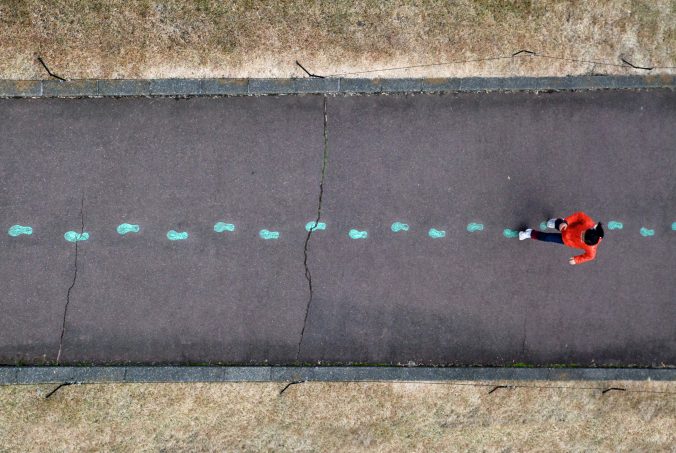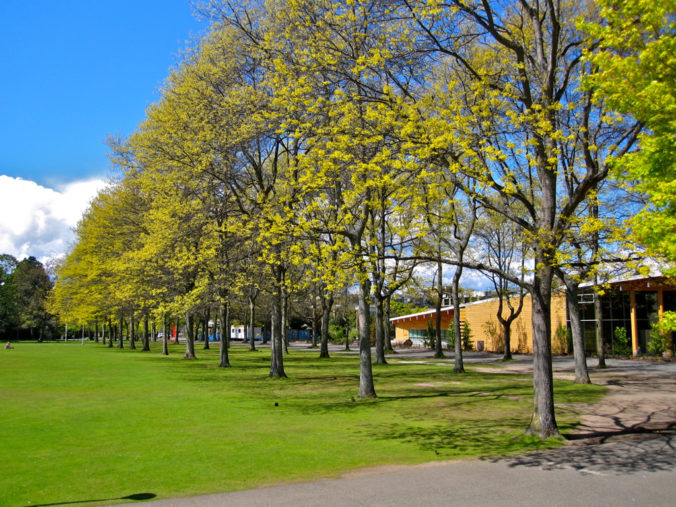The field of Media Literacy teaches us to apply critical thinking to the way we consume media and use it to create our own ideas and messages. This means that media consumption is a skill that needs to be honed and practiced. Indeed, social media contains a sea of knowledge and opportunities that could be hugely beneficial if used the right way. Many people are able to make the most out of their presence on social media by creating a PLN that allows for constant learning and even a platform to share their ideas and develop their careers. These people can garner a large online following, and with benefits comes risks.
Having a PLN while in the public eye has many advantages. Public figures have a far wider audience for their messages, compared to “regular” people, whose PLN most likely consists of family, friends and co-workers. They are more likely to find people who echo their sentiment, as well as those who disagree and challenge their ideas. These discussions allow them to grow and deepen their knowledge. Publicity also allows them to expand their PLNs more easily. They could reach out to a peer who they wish to learn from and be more easily accepted, as their work is available publicly. In the same vein, they could be the ones others reach out to for collaborative efforts, creating mutually beneficial relationships. These relationships exists in many professions. Scholars are always learning from their peers and collaborating to share their work; professional athletes workout together on days off to hone their skills; Youtubers often make videos replying to each other, allowing them to both learn and create entertaining content. However, engaging with a public audience also has risks that public figures have to consider.
One of the most concerning trends on the Internet the last few years is “cancel culture”. Information lasts forever on the Internet, and public figures understand this fact better than most. Messages shared online could be easily taken out of context or misinterpreted, damaging one’s image. Ideas that go against the expected norms could invoke outcries that hamper one’s career. In 2018, famous comedian Kevin Hart had to step down from hosting the Oscars, an opportunity he had previously described as a “lifelong dream”, due to a controversy. A series of his homophobic tweets and jokes, dating as far as 9 years prior, was circulated on the internet. There are also security risks involved with internet fame. There have been numerous reports on celebrities being “doxed”, having their personal information leaked online and subsequently harassed. Another risk that concerns their followers is the potential for the mass spreading of misinformation.
Public attention to “fake news” has risen since Donald Trump’s successful presidential campaign in 2016. Trust in traditional mass media has decreased and social media has taken over as many people’s main news source. Internet sources have varying levels of credibility, and we have to rely on our media literacy to analyze them. Bias exists in all forms of media, especially in journalism. Facts can be framed and worded to fit the publisher’s agenda, and statistics can be manipulated to give readers false impressions. To form our own opinions, it is important to learn the bias of our sources and listen to all sides. We can also rely on our PLNs to combat false information, refer to relevant ties in our networks to verify the facts.
We are sure to experience criticism when our messages are in the public eye. It is important to identify valid criticisms from personal attacks or misinterpretations. If the criticism is valid, we need to stay open minded and reflect on our personal ideas and values. Conflicts between ideas are opportunities to learn and evolve, everyone is expected to change over time. When you are challenged, think critically about their arguments, and ask yourself, do you have sufficient reasons to stick to your values?




Recent Comments